Think you need a high-end DSLR or mirrorless setup to take impressive travel photos? Think again. Some of the most memorable shots come from ordinary devices in extraordinary moments. With the right approach, even a smartphone or a basic point-and-shoot camera can help you document your journey beautifully. These travel photography tips without fancy gear prove that it’s not about what you carry—it’s about how you see.
Whether you’re wandering spice markets in Morocco, watching the sun sink behind Santorini’s rooftops, or exploring Tokyo’s neon-lit streets, this guide will empower you to take captivating travel photos using what you already own. Let’s explore how to unleash your creative eye and sharpen your skills—no expensive gear required.
Why You Don’t Need Expensive Gear
Many travelers assume that better gear equals better photos. However, some of the most impactful travel images are created with simple devices in spontaneous moments. Ultimately, it’s the emotion, composition, and timing that make a photograph memorable—not megapixels.
- Smartphones are powerful: Modern smartphones offer portrait mode, night photography, and high-resolution sensors that rival entry-level DSLRs.
- It’s about the story: A well-framed photo that captures a mood or moment can resonate far more than a high-definition landscape with no context.
- Mobility matters: Light gear helps you move quickly, stay discreet, and seize spontaneous moments without drawing attention.
- Editing changes everything: Even basic apps can dramatically transform a flat photo into something vibrant and gallery-worthy.
In short, mastering travel photography tips without fancy gear starts with mindset. Embrace your limitations—they might just fuel your creativity.
1. Understand Basic Composition
Composition is one of the most fundamental elements of photography. Fortunately, it doesn’t require any specialized tools—just a thoughtful eye. When you frame your shot intentionally, even the simplest subjects become captivating.
- Rule of Thirds: Break your frame into nine equal parts. Placing your subject off-center creates visual interest.
- Leading Lines: Use paths, railings, or shorelines to guide the viewer’s eye through the photo.
- Framing: Shoot through arches, windows, or foliage to draw attention to your subject.
By applying these simple composition rules consistently, you’ll notice a dramatic improvement in the quality of your images—no gear upgrades needed.
2. Focus on Lighting
Lighting is everything. Early mornings and late afternoons—golden hours—deliver warm, flattering tones for landscapes and portraits alike. Moreover, cloudy days diffuse sunlight, which works wonderfully for soft, detailed shots.
- Pro tip: Use harsh midday sun creatively—like shooting silhouettes or experimenting with shadows.
3. Get Close (Then Closer)
Zooming with your fingers often ruins quality. Instead, zoom with your feet. Moving physically closer reveals textures, patterns, and authenticity. Think flaky pastries, cracked door paint, and colorful textiles.
Whenever possible, take two shots—one close, then one even closer. You’ll be surprised how much more emotional and rich your travel photography becomes.

4. Use Smartphone Features Intentionally
Smartphones pack incredible features—if you know how to use them. From HDR mode to gridlines, taking a few extra seconds to activate the right setting pays off tremendously.
- Portrait Mode: Great for isolating your subject with background blur.
- Grid Lines: Enable these to practice the Rule of Thirds naturally.
- HDR: Balance lighting in scenes with shadows and sky in the same frame.
5. Think Beyond the Obvious
Iconic landmarks are tempting, but don’t stop there. Capture the story behind them—like the cobblestone path to the cathedral, or the rain-soaked café across the plaza. These small moments reveal the soul of a destination. Consequently, they create more memorable and emotional photos.
Try new angles. Shoot from low or high. Use puddles, mirrors, or windows to capture reflections. In doing so, you’ll find frames others might walk right past.
6. Master Exposure and Focus
Great photography isn’t always about what you see—it’s about what the camera sees. Most smartphones let you tap to lock focus and exposure. In addition, many allow you to manually adjust brightness by sliding up or down. This is key when photographing in bright or uneven light.
As a rule of thumb, expose for the brightest area of your image to avoid blowing out highlights. Then, adjust shadows later in editing.
7. Capture People and Life
Adding people to your frame can instantly bring warmth and authenticity. Instead of just scenery, include street vendors, café-goers, musicians, or even your travel companions mid-laugh. Naturally, ask permission if it feels appropriate—especially in private or sacred places.
Furthermore, don’t be afraid to wait. Sometimes, it’s the moment between moments—a quiet stare, a shared laugh—that holds magic.
8. Steady Your Shot
Blurry images often come from shaky hands, especially in low light. While some phones offer stabilization, you can improve your steadiness by bracing your elbows against your body or using a ledge. Alternatively, bring a mini tripod or even a travel bean bag to stabilize your phone discreetly.
Editing Magic: Enhance Without Overdoing It
Choose the Right Editing Apps
You don’t need to be a pro editor to improve your shots. Tools like Snapseed, Lightroom Mobile, and VSCO offer powerful yet beginner-friendly controls. In fact, just a little tweaking can transform your photos from flat to fantastic.
- Snapseed: Easy to use, with selective edits and healing tools.
- Lightroom: Best for fine-tuning exposure, highlights, shadows, and color grading.
- VSCO: Adds consistent moods with stylish presets.
Editing Tips for Natural Results
Start by adjusting brightness, contrast, and warmth. Then, move into details like sharpness or saturation. However, don’t go overboard—natural editing keeps your images timeless. Try to match the photo’s mood, not just make it “pop.”
- Tip: Increase clarity or sharpness just slightly to avoid artificial results.
- Bonus: Add a soft vignette to gently focus the viewer’s eye.

Packing Tips: Light, Cheap, Effective
You don’t need a bag full of lenses. In fact, some of the best travel photography kits can fit in your jacket pocket. Consider these essentials:
- Smartphone with a solid camera (iPhone, Pixel, Samsung Galaxy)
- Clip-on wide-angle or macro lenses
- Mini tripod or GorillaPod
- Microfiber cloth to keep your lens clean
- Power bank (essential for long photo walks)
Ultimately, unforgettable images don’t require expensive equipment. These travel photography tips without fancy gear prove that it’s your eye, your perspective, and your timing that matter most. Gear might help, but vision wins every time.
So next time you hit the road, pause often, look deeper, and shoot from the heart. With the right mindset and a smartphone, you’re more than ready to capture the beauty of the world around you.
Catch up on the top stories and travel deals by subscribing to our newsletter!

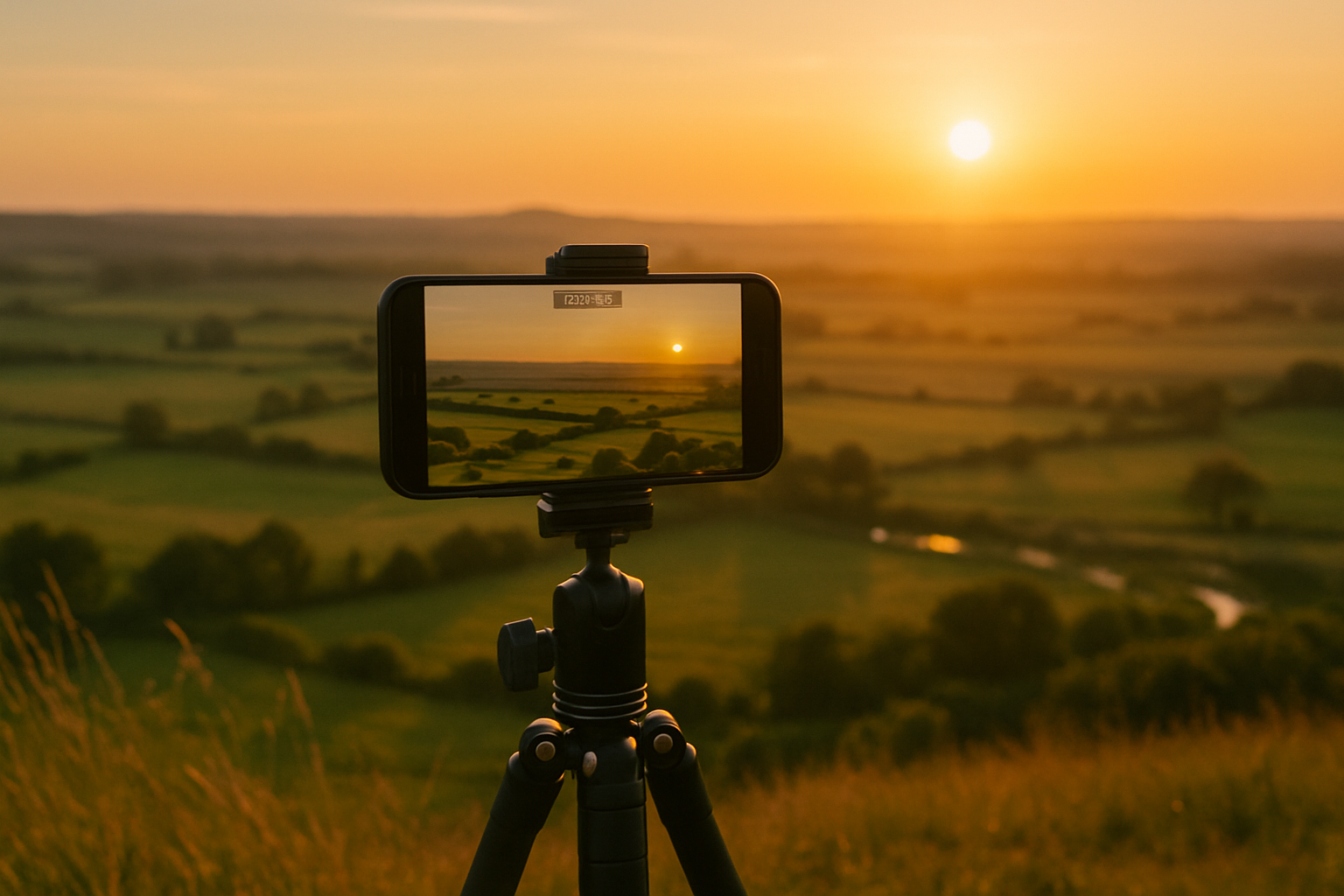

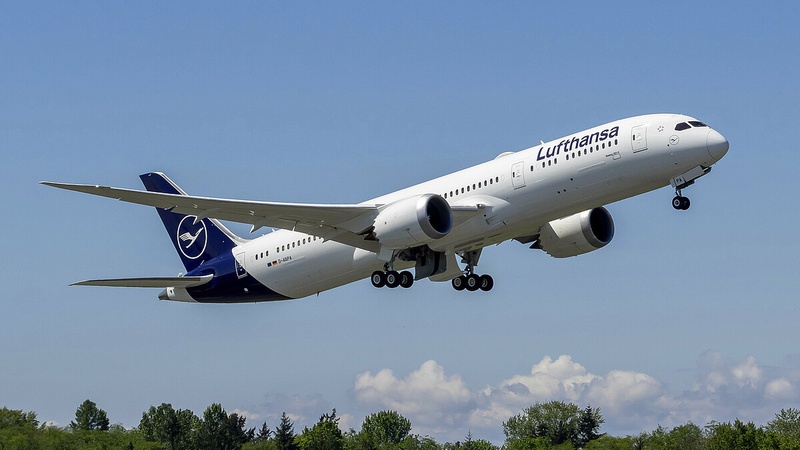

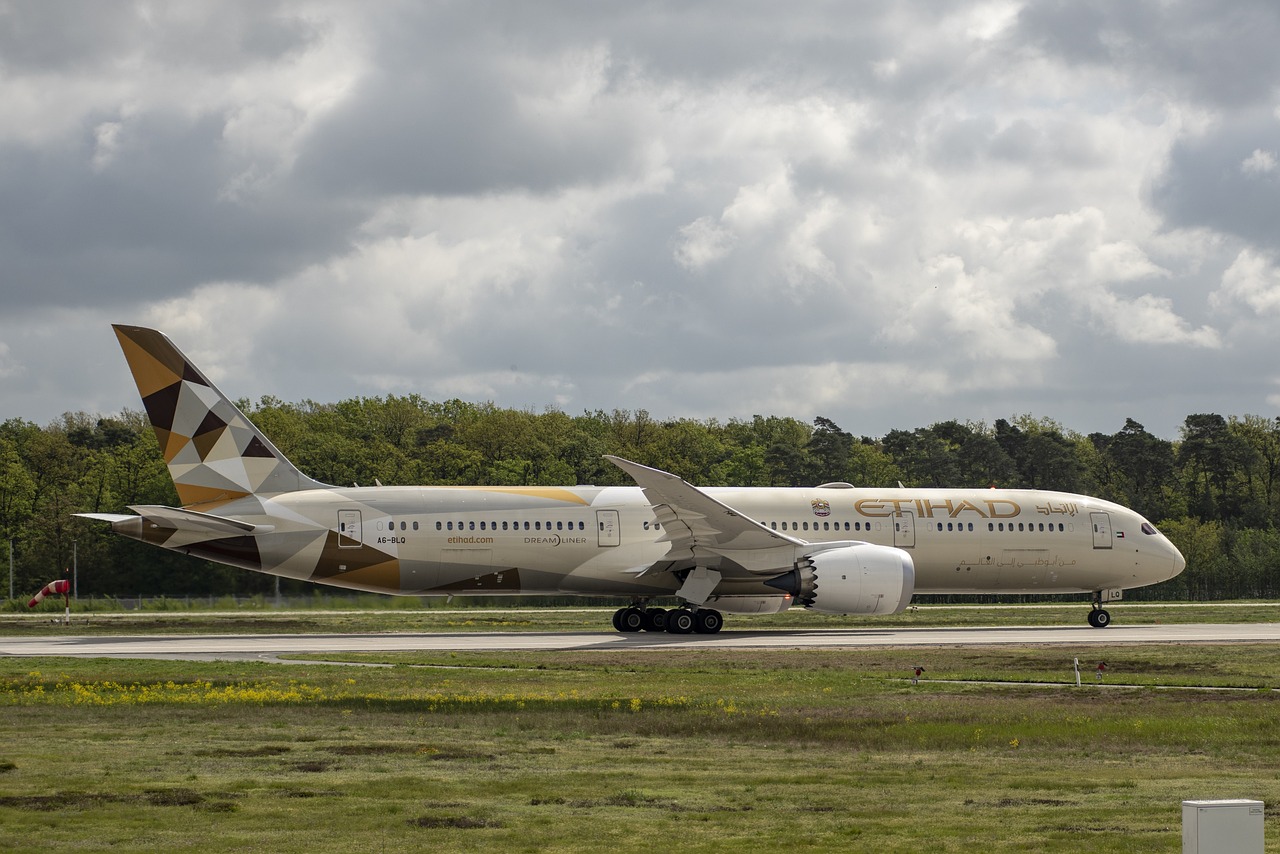
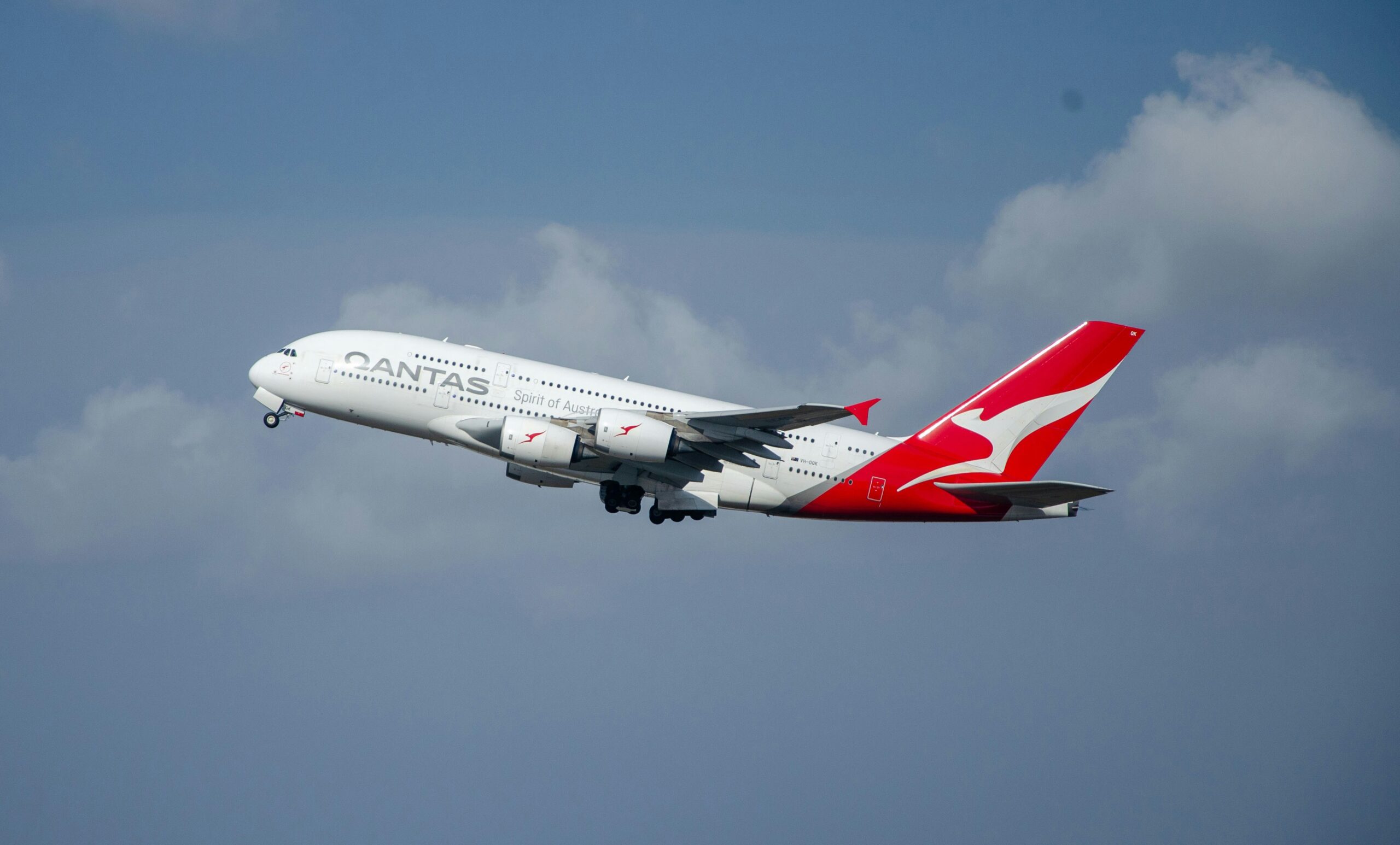
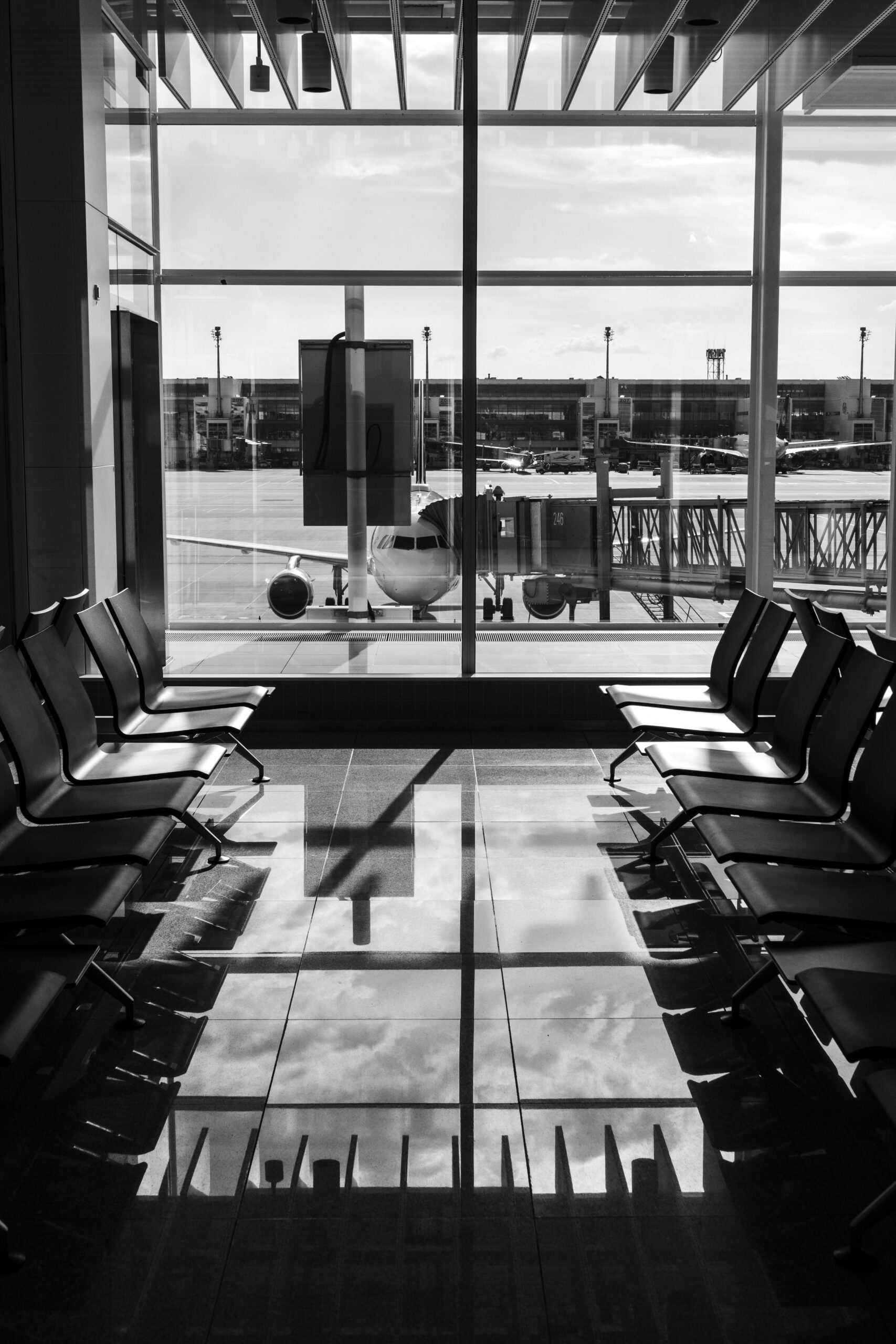

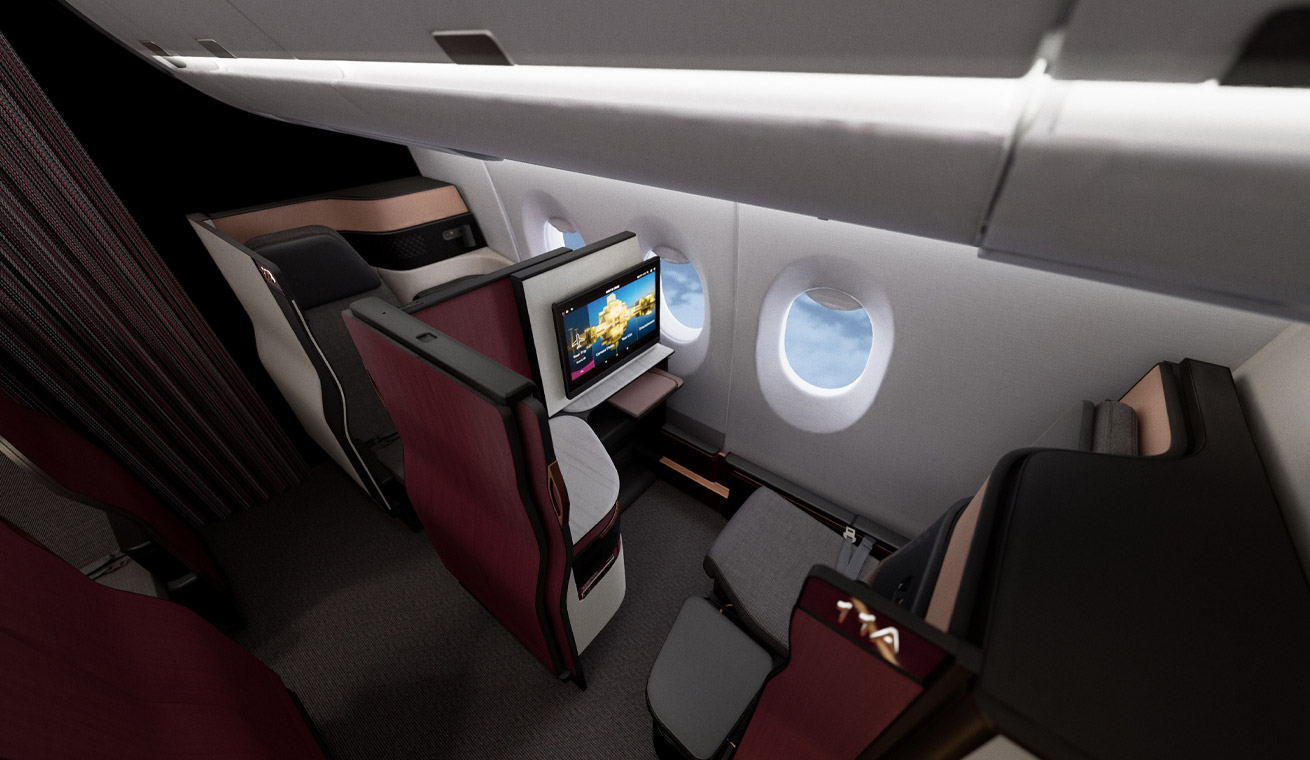
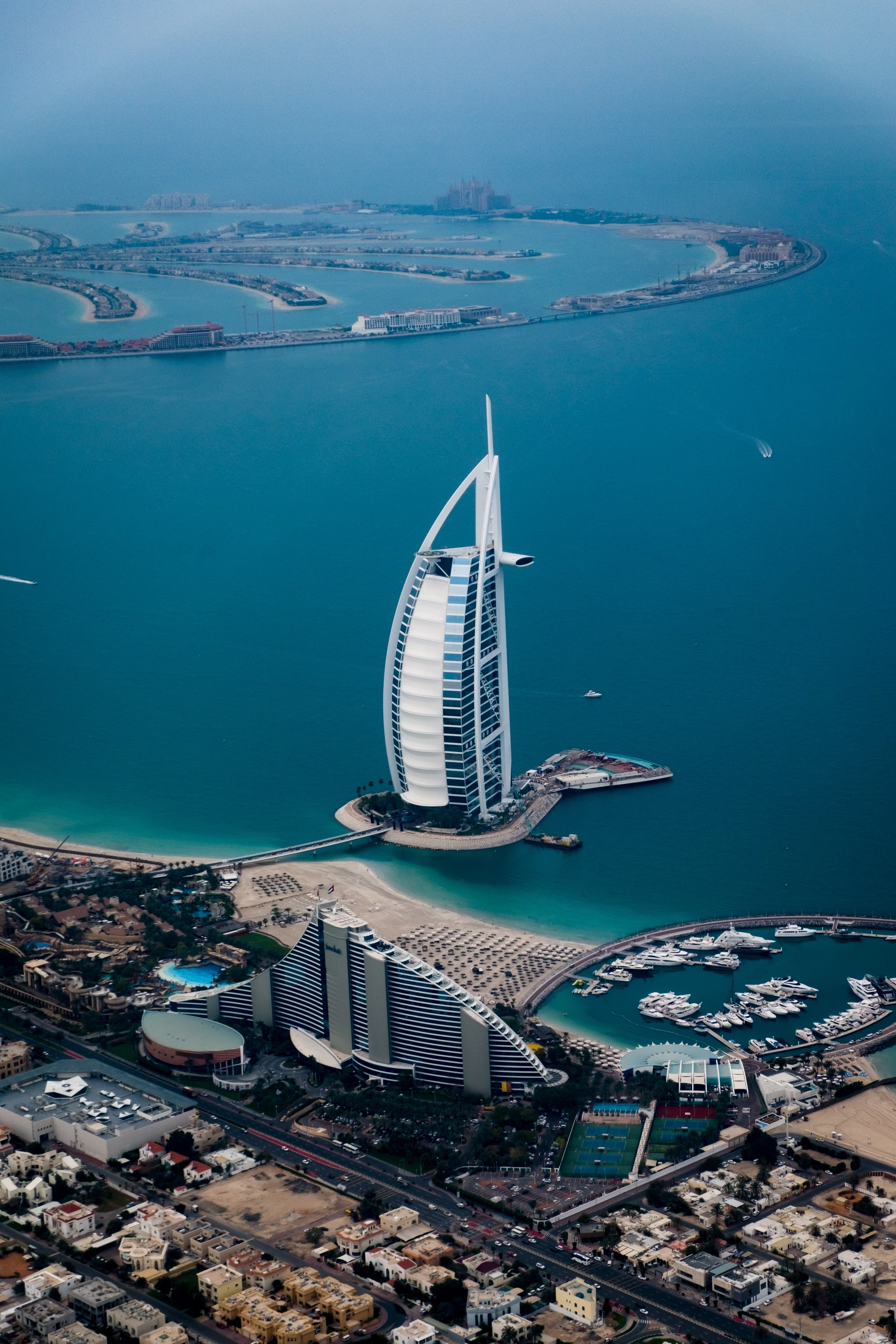
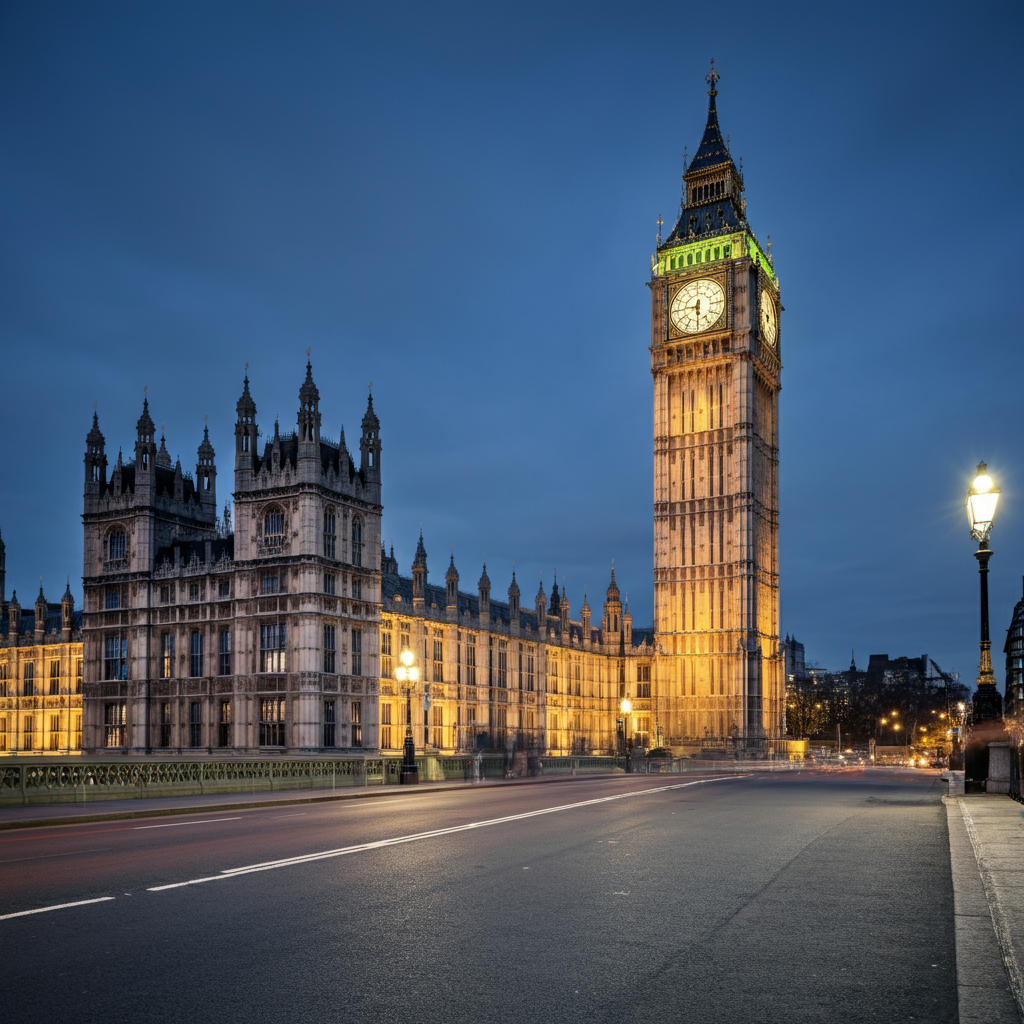
Leave a Reply